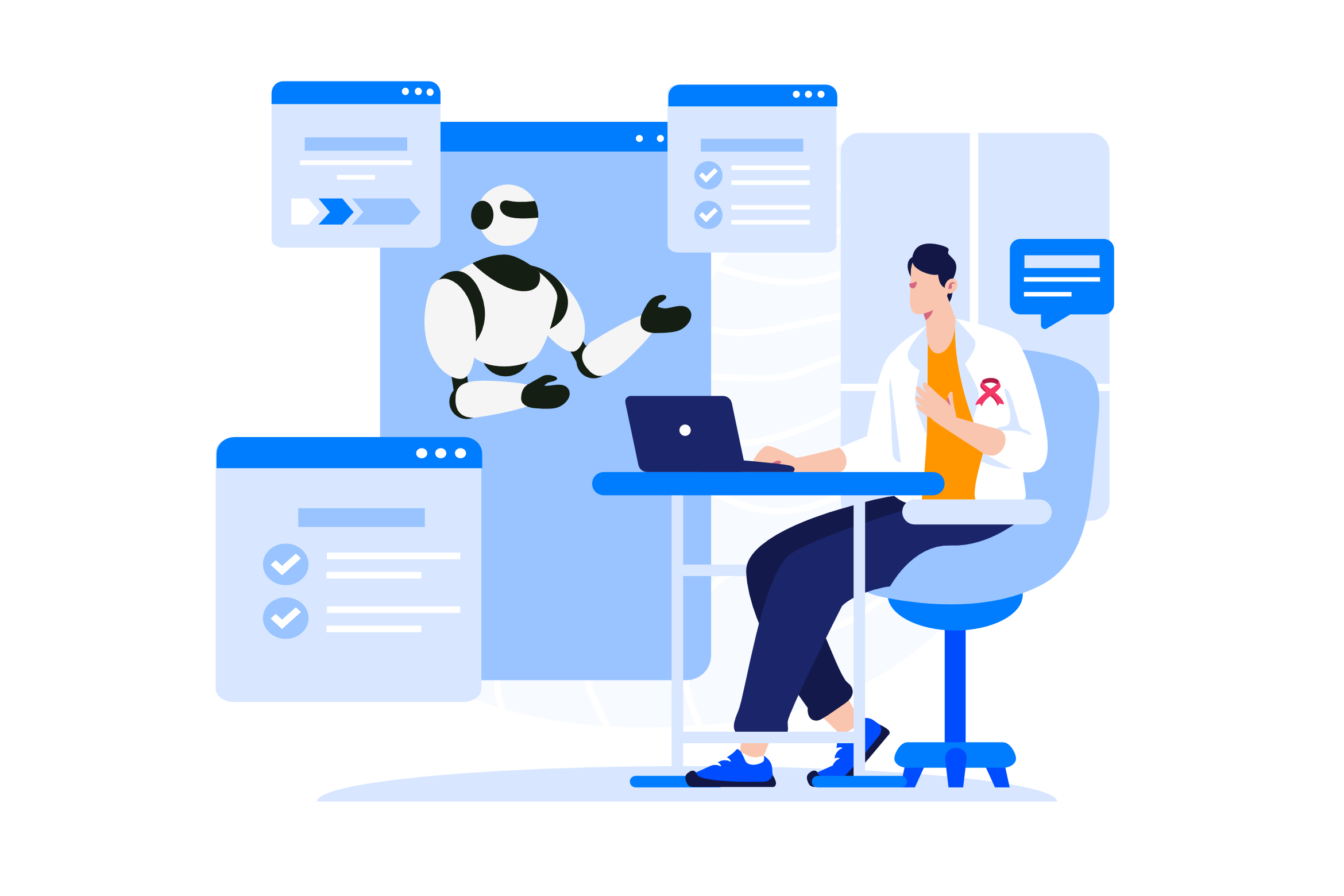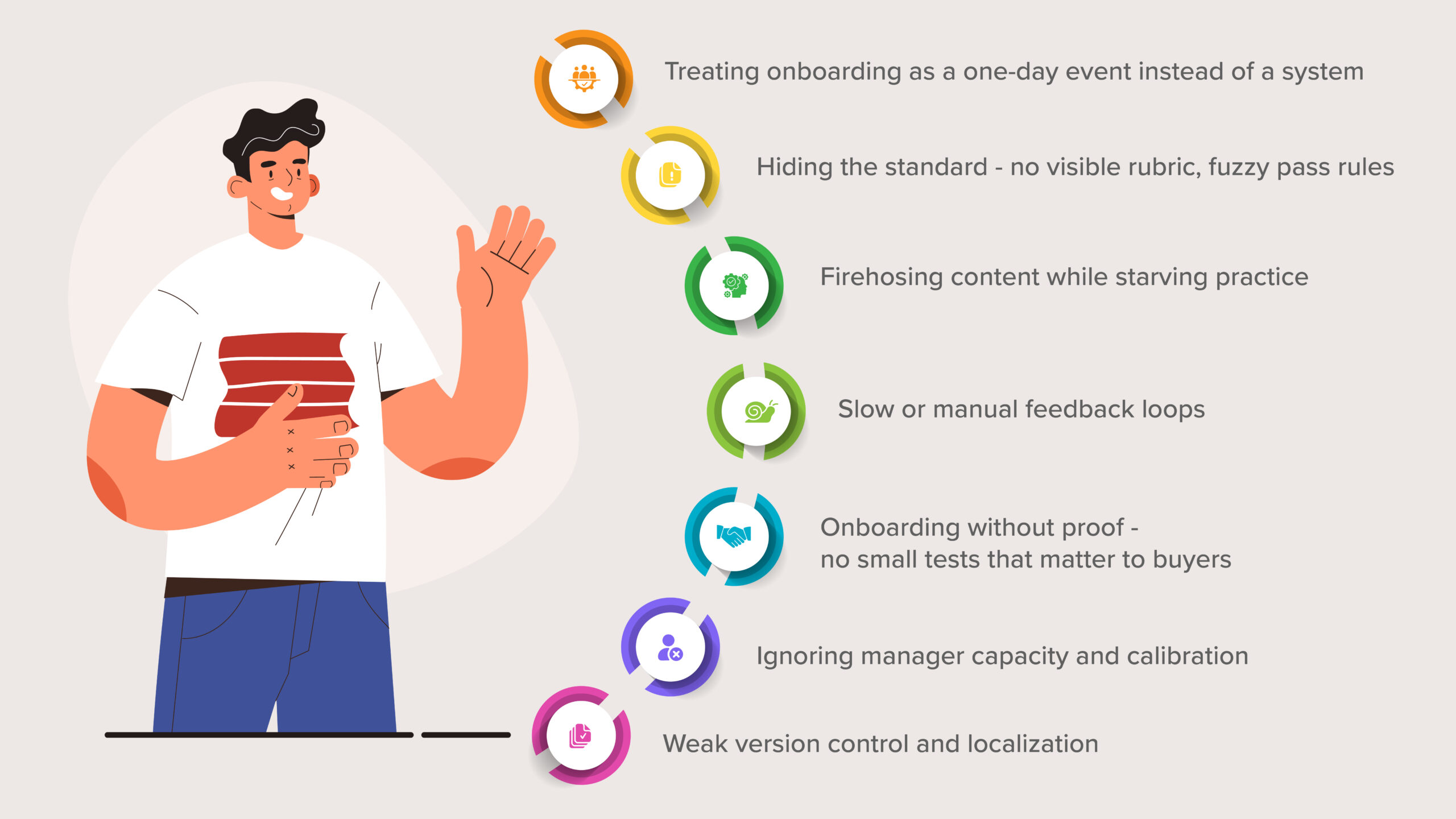Breaking Language Barriers: How AI is Transforming Global Life Sciences Training
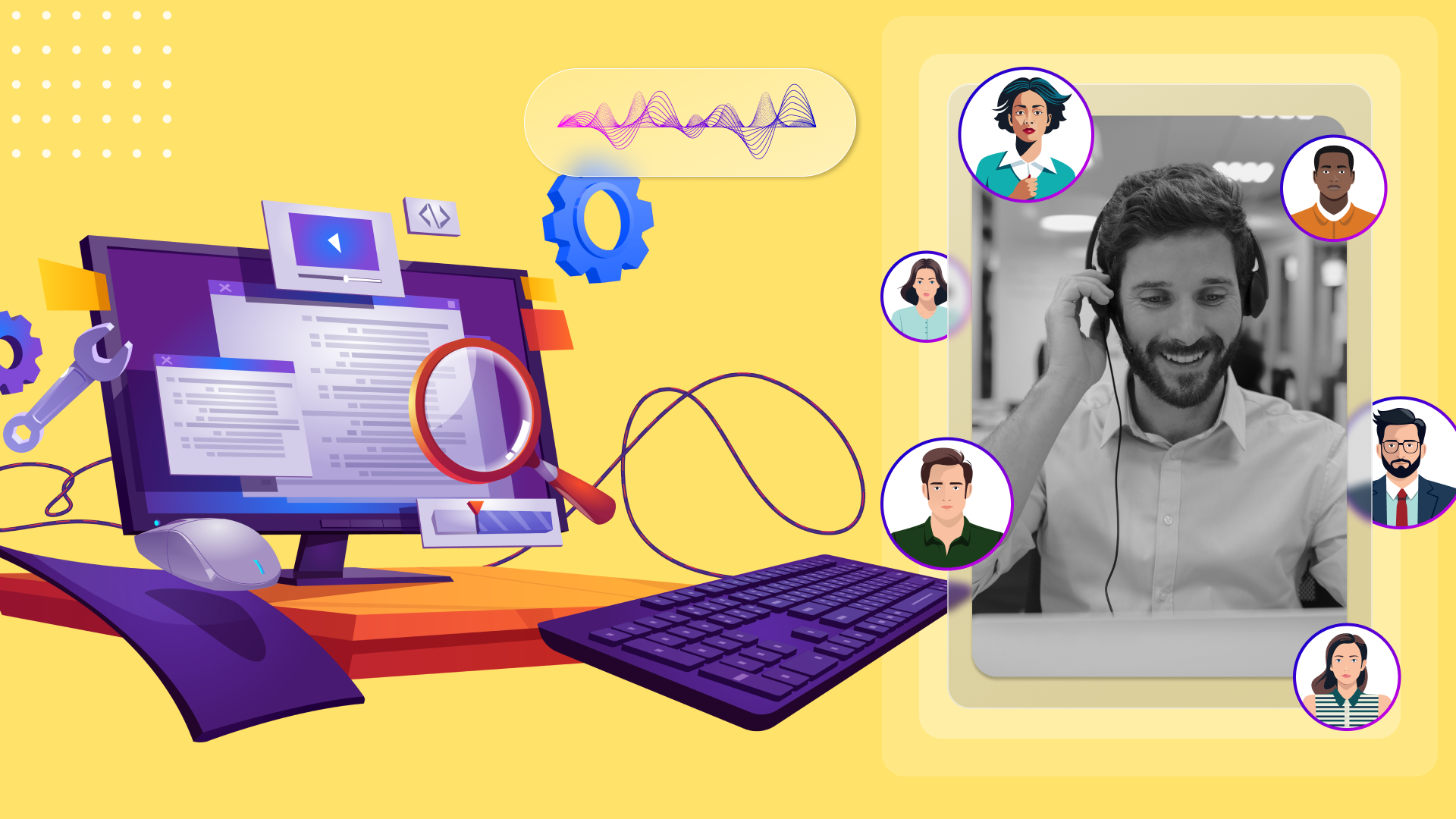
In today’s global life sciences industry, managing training across multiple languages has become increasingly complex. When teams are spread across different countries speaking over 20 different languages, traditional training approaches often fall short of delivering consistent, high-quality learning experiences.
The Multilingual Team Challenge
Current Challenges
- Multiple languages within single regions: Teams often need to collaborate across language barriers even within the same geographic area
- Limited availability of native-speaking trainers: Finding qualified trainers who can deliver content in multiple languages is both difficult and expensive
- Need for consistent messaging: Ensuring product messaging remains uniform across different languages while maintaining local relevance
- Resource constraints: The high cost and time investment required for traditional translation and localization
- Quality control: Maintaining training standards and accuracy across different languages
- Time delays: Traditional localization processes can significantly delay crucial training rollouts
Impact on Training Effectiveness
- Reduced engagement: When training isn’t in their native language, learners often struggle to fully engage
- Inconsistent learning experiences: Different language groups receive varying quality of training
- Delayed rollout: Critical product updates and training materials face delays due to translation needs
- Higher costs: Traditional multilingual support requires significant resource investment
- Limited practice opportunities: Learners often can’t practice in their native language
AI Solutions Breaking Down Language Barriers
AI-Driven Audio Dubbing
- Converts training content into multiple languages while maintaining natural voice qualities
- Ensures consistency in messaging across all languages
- Reduces time and cost compared to traditional dubbing
- Maintains proper technical terminology
- Allows for quick updates and modifications
Multilingual Role Play Capabilities
- Representatives can practice customer interactions in their native language
- Receive consistent feedback regardless of language
- Experience natural conversation flow with AI avatars
- Maintain technical accuracy across languages
- Address cultural nuances specific to each region
Enhanced Accessibility Features
- Live closed captions during virtual sessions improve comprehension
- Real-time translation helps bridge immediate communication gaps
- Multilingual interfaces ensure comfortable navigation
- Language-specific feedback provides clear guidance
- Various content formats support different learning styles
Benefits of AI-Powered Localization
Improved Learning Outcomes
- Better comprehension when learning in native language leads to stronger knowledge retention
- Increased confidence in communication as learners practice in their preferred language
- More authentic practice opportunities through AI-driven role plays
- Enhanced knowledge retention due to better understanding
- Greater engagement with content when language barriers are removed
Operational Efficiency
- Faster content deployment through automated translation processes
- Reduced translation costs compared to traditional methods
- Consistent quality maintained across all languages
- Scalable solution that grows with organizational needs
- More efficient use of training resources
Implementation Strategies
Planning Phase
- Assess language needs: Identify all languages required and prioritize based on team distribution
- Identify priority content: Determine which materials need immediate translation
- Define quality standards: Establish clear criteria for acceptable translations
- Set clear success metrics: Define how you’ll measure effectiveness
- Plan phased rollout: Start with pilot groups and expand based on feedback
Change Management
- Clear communication of benefits to all stakeholders
- Engagement of early adopters to champion the technology
- Regular collection and incorporation of user feedback
- Continuous improvement based on learning outcomes
- Sharing success stories to build confidence in the solution
Keys to Success
- Start with high-priority languages that impact the most users
- Focus on user experience to ensure adoption
- Maintain strict quality standards for translations
- Gather continuous feedback from all language groups
- Adapt the program based on real-world results
Looking Ahead
The future of multilingual training in life sciences is promising. Organizations implementing AI-powered solutions are seeing significant shifts in training effectiveness. The key is approaching implementation strategically, with a focus on both technical capabilities and user needs.
Success in multilingual training isn’t just about translation – it’s about creating authentic, culturally appropriate learning experiences that resonate with learners in their native language. AI technology is making this goal increasingly achievable and sustainable for global life sciences organizations.
By leveraging AI effectively, organizations can create truly inclusive training programs that maintain high standards while breaking down language barriers that have historically hindered global learning initiatives.
Related Posts
The AI Divide in Enterprise Sales | How to keep your teams ahead?
The AI-Divide in Enterprise Sales: Are Your Teams Ahead or Falling Behind? A Modern Sales Leader’s Dilemma Some sales teams...
Why Enterprises Are Adopting AI in Sales Training
AI in Sales Training: Why Enterprises Are Replacing Traditional Methods In the modern enterprise ecosystem, customer-facing teams are the frontline...
One-Way vs. Two-Way AI Coaching: Choosing the Right Approach for Your Team
As AI transforms life sciences commercial sales coaching, organizations face a crucial decision: choosing between one-way (presentation coaching) and two-way...
Looking for a sales training software that takes your sales training to a whole new level?
Explore SmartWinnr’s Learning and Gamification features. Learn how to run fun and engaging sales training and sales coaching for your team through SmartWinnr.
Curious to learn more about it? Book a demo today!
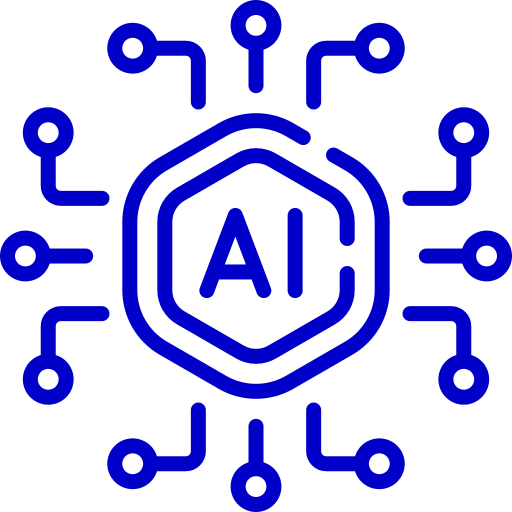 Two way AI Role Plays
Two way AI Role Plays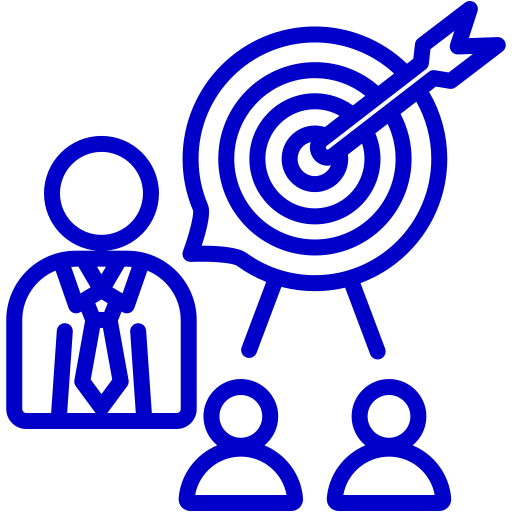 Targeted Learning
Targeted Learning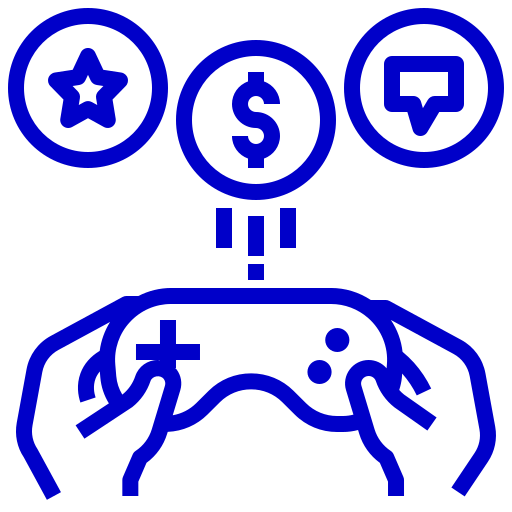 Gamification
Gamification Sales Coaching
Sales Coaching Sales Contest
Sales Contest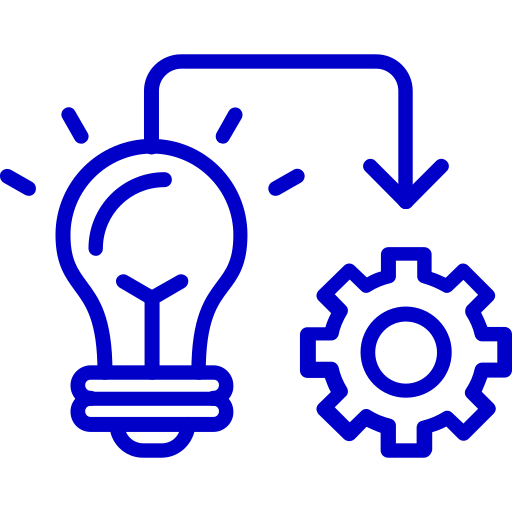 Implementation
Implementation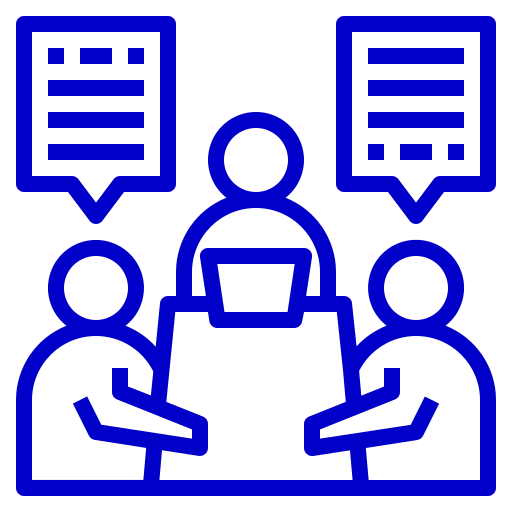 Consulting
Consulting Enterprise Ready
Enterprise Ready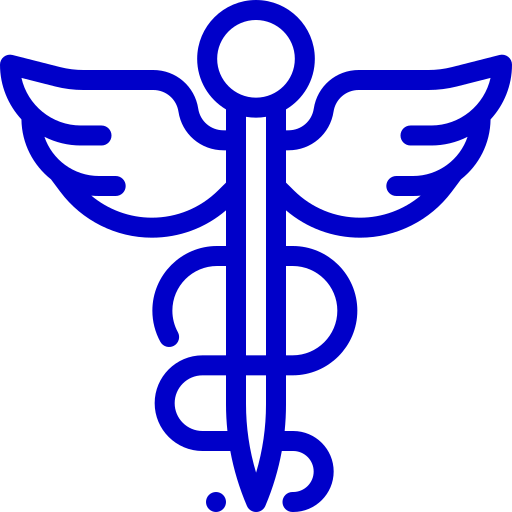 Pharmaceuticals
Pharmaceuticals Medical Devices
Medical Devices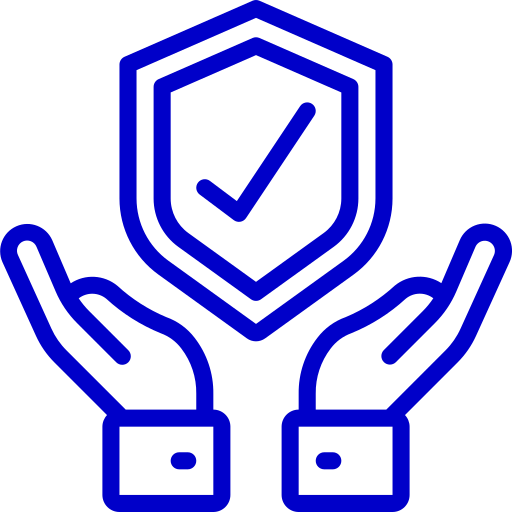 Insurance
Insurance Banking
Banking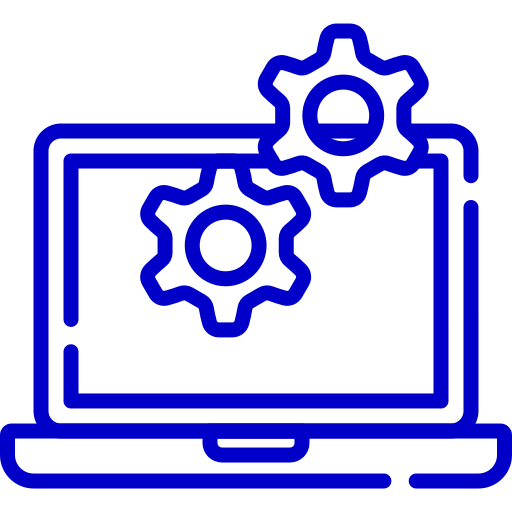 Technology
Technology Senior Living
Senior Living Sales
Sales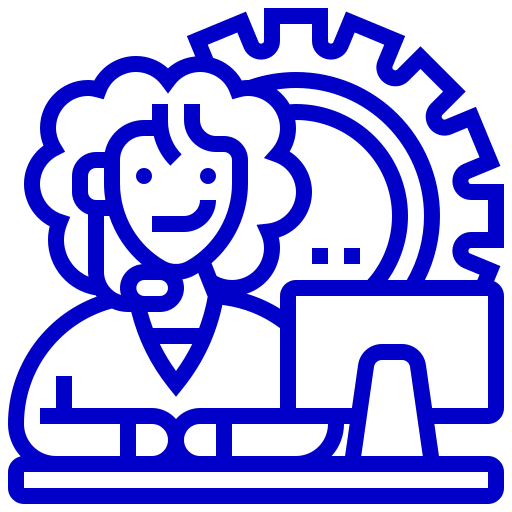 Call Centers
Call Centers Marketing
Marketing Improve Sales Productivity
Improve Sales Productivity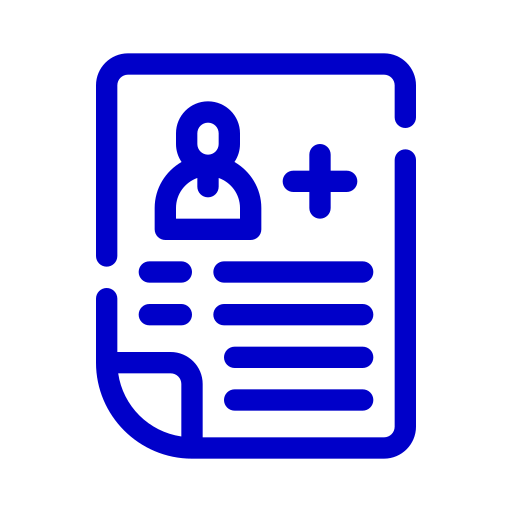 New Hire Onboarding
New Hire Onboarding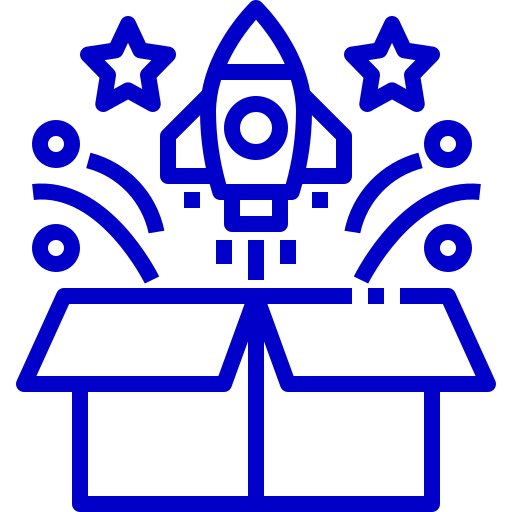 New Product Launch
New Product Launch Channel Partner Training
Channel Partner Training Sales Events
Sales Events Success Stories
Success Stories Whitepapers and eBooks
Whitepapers and eBooks Contest Template Designer Tool
Contest Template Designer Tool Sales Training
Sales Training Gamification
Gamification All Blogs
All Blogs